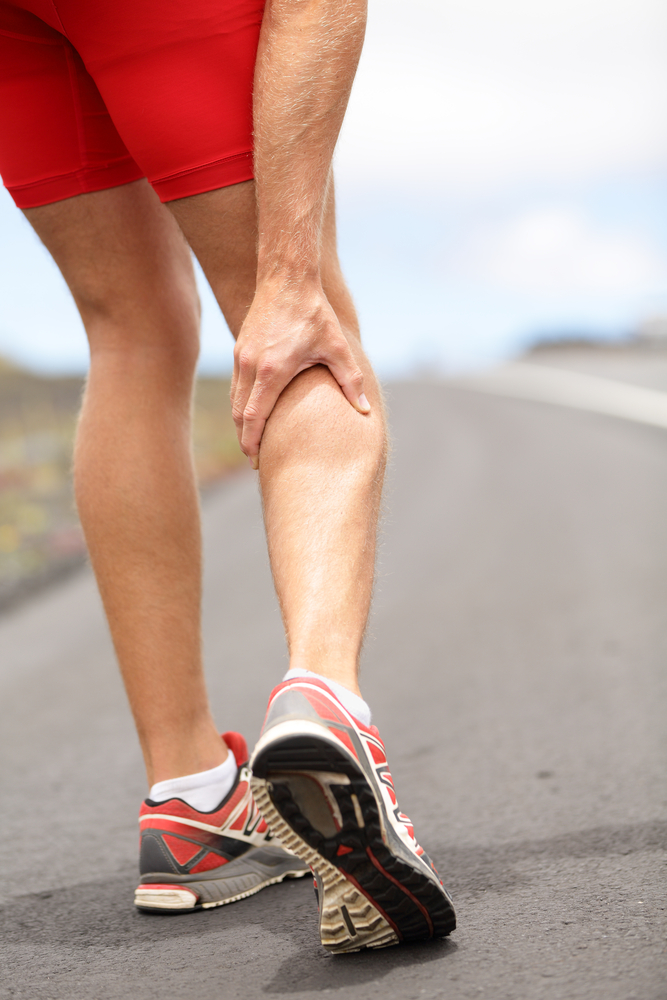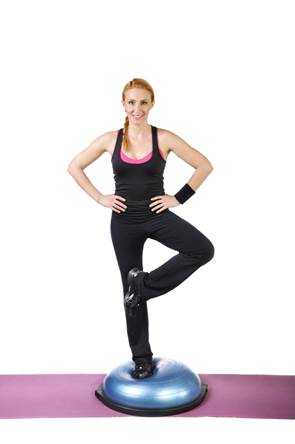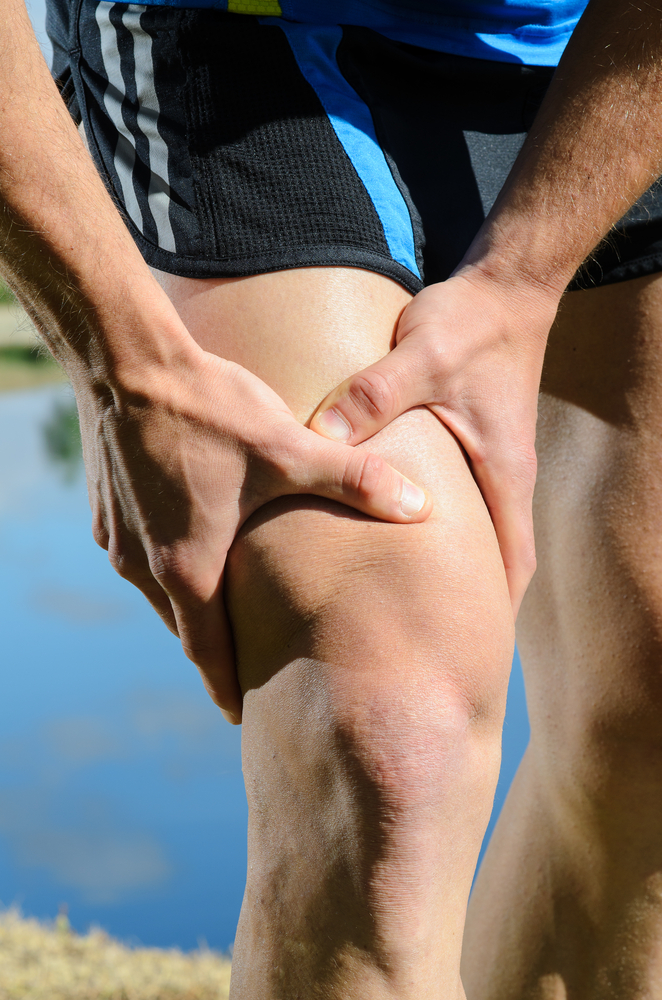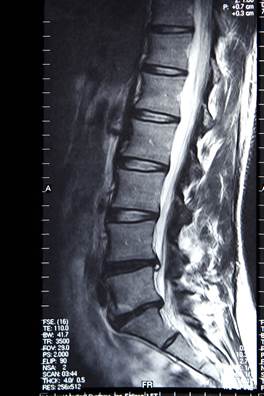Are your calves tightening up from running ?
 Do you find your calves always stiffen/tighten with running? Let’s take a look at some potential reasons behind why the calf muscles get stressed.
Do you find your calves always stiffen/tighten with running? Let’s take a look at some potential reasons behind why the calf muscles get stressed.
1) Overload of the muscle due to inadequate muscle strength and power in the lower limbs.
Decreased lower limb strength can lead to the overload of the calf during the push-off phase of running. Our gluteal and quadriceps muscles play an important role in propelling ourselves forward. Without strength and endurance in these muscles, the calf muscle can become the sole driver of propulsion, hence can become fatigued and tired. Consideration also needs to be given to the calf itself in terms of strength and endurance, to handle the load placed upon it in running.





